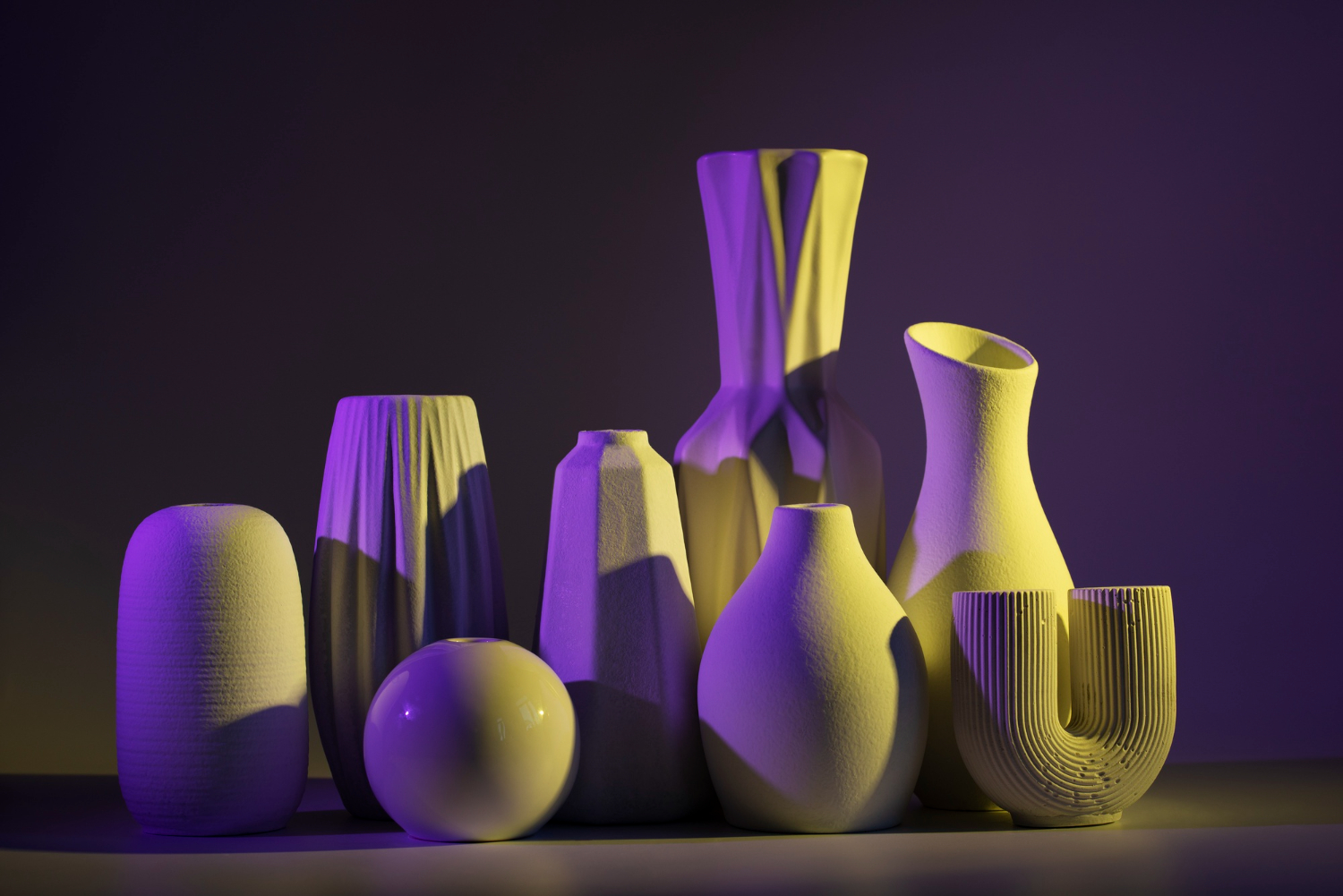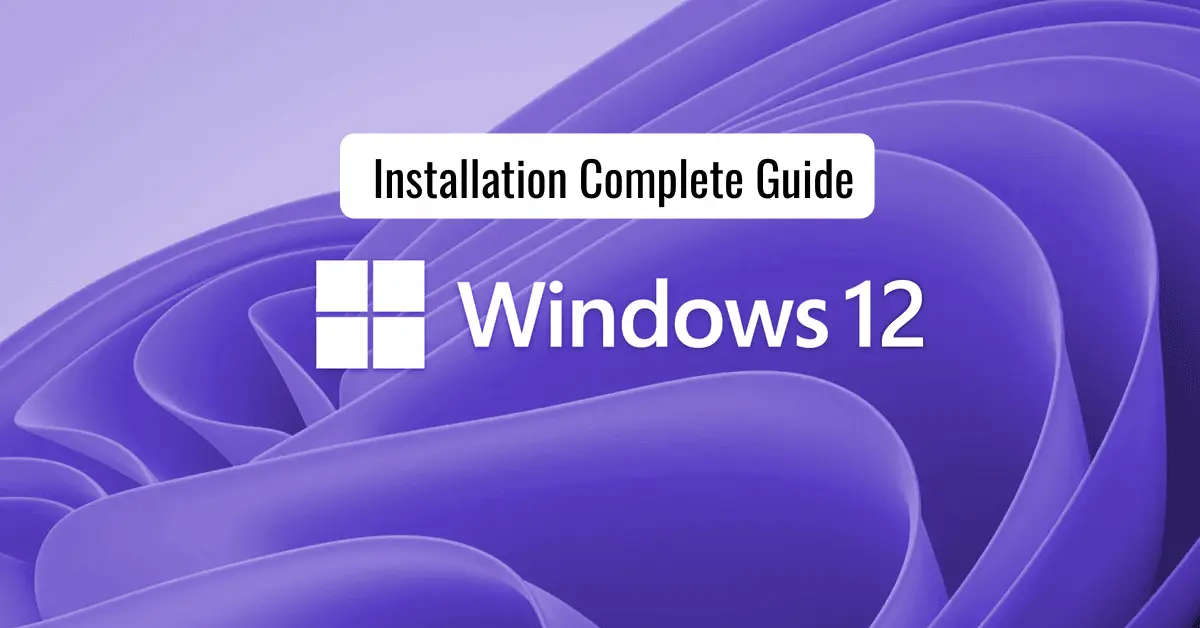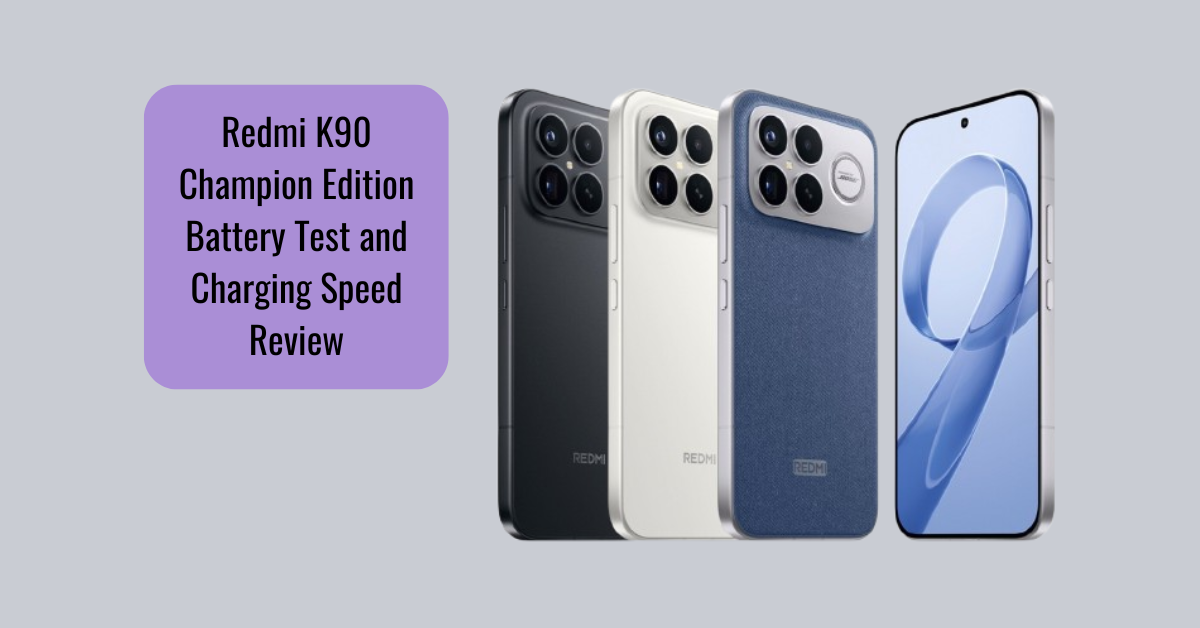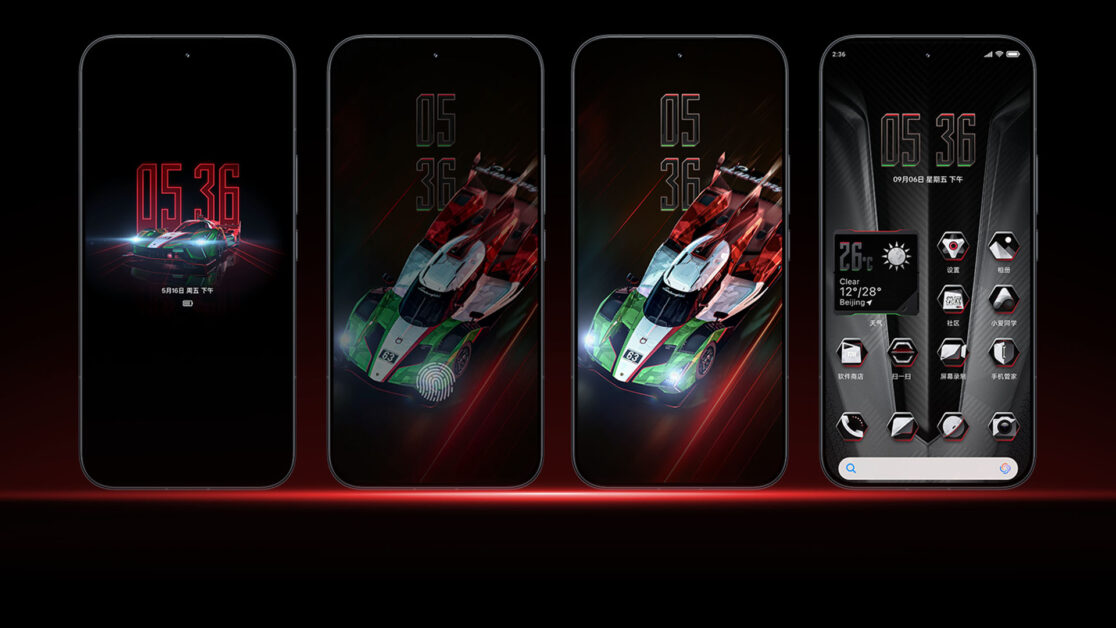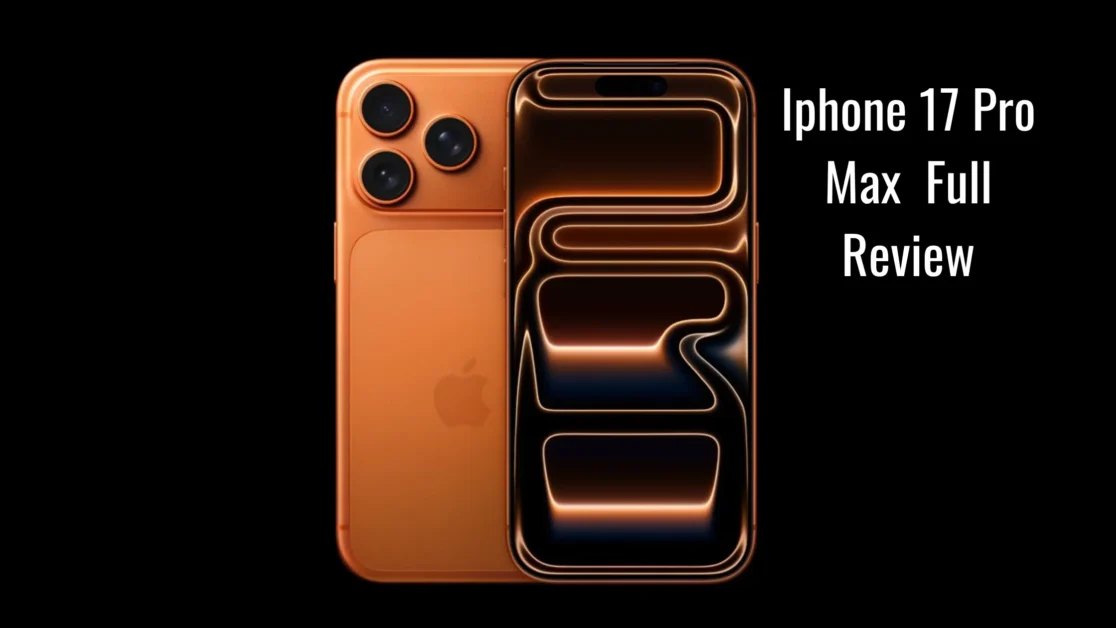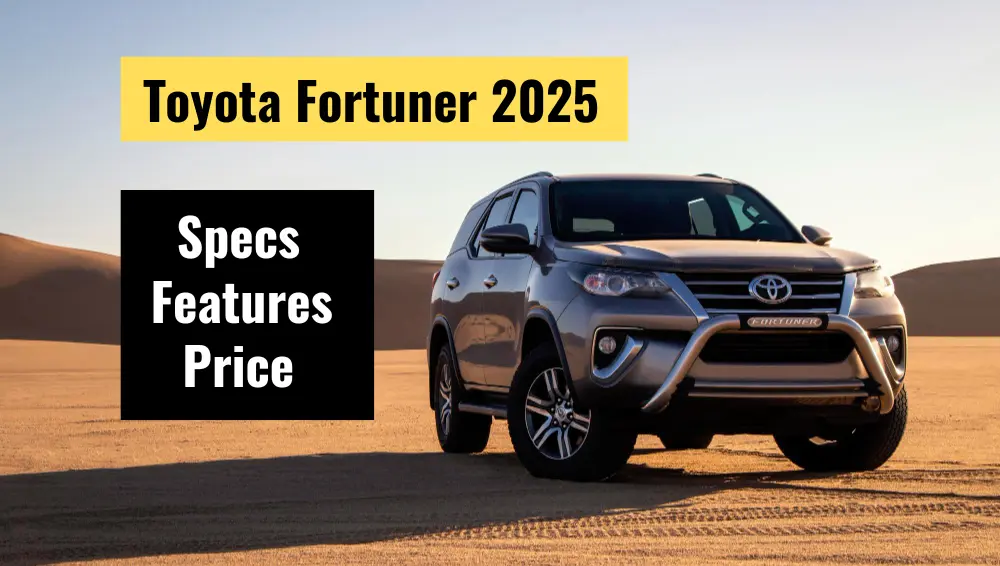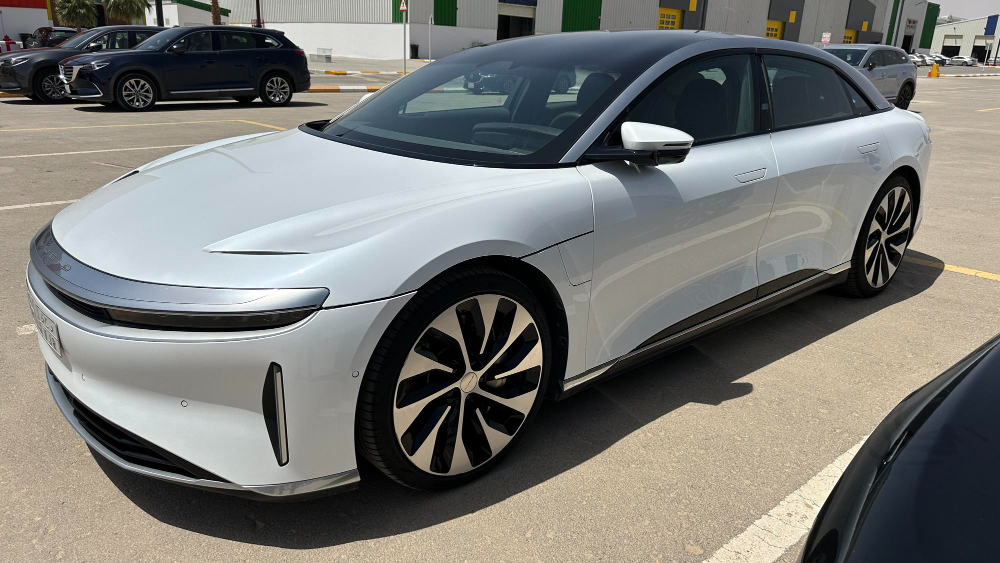Design Trends in 2025 are describing the way we think, create, design, connect, and communicate. With exploring tech like AI and AR reshaping the creative process of design, and make users expectation more immersive, ethical, and in impact visuals, by staying up to date is important.
Visuals are no longer just decoration they’re a key part of how brands communicate makes its identity, and create its values, and innovation. As we move into 2025, designers are using new tools, mindsets, and styles to meet audience expectations and requirements.
In seconds, the design world changes. Whether you’re a freelance designer, a brand strategist, or running a creative agency, staying on top of design trends can feel overwhelming but it’s also your competitive edge. Here are some important design trends that really matters.
Table of Contents
ToggleWhat are Design Trends?
Design Trends refer to prevailing styles, techniques, and creative directions that dominate the visual landscape for a specific period. These trends can span graphic design, web design, interior design, branding, typography, colours, and even motion graphics. Understanding Design Trends helps designers make informed choices, ensuring their work feels modern and resonates with the audience.
Why Following Design Trends Matters
Ignoring Design Trends can make your designs look outdated and irrelevant. Here’s why staying updated matters:
- Audience Connection: Contemporary visuals build trust and relatability.
- Competitive Edge: Brands that align with current aesthetics often outperform competitors.
- Creative Growth: Embracing new trends pushes your boundaries and keeps your skills sharp.
Market Adaptation: Trends often reflect broader cultural or technological shifts, helping you align with changing consumer needs.
Key Design Trends Dominating 2025
Let’s explore the top Design Trends that every creative professional should watch and adopt in 2025.
1. Minimalism with a Twist
Minimalism isn’t going away anytime soon, but it’s evolving. In 2025, Design Trends show minimalism paired with unexpected pops of bold colours, dynamic gradients, or quirky typography. Clean layouts with surprising focal points keep users engaged without overwhelming them.
2. 3D and Immersive Elements
3D illustrations and immersive elements are no longer limited to gaming. Today’s Design Trends incorporate 3D icons, product mock-ups, and micro-interactions in websites and apps to create depth and realism.
3. Nostalgic and Retro Styles
Vintage vibes are back. Expect to see design styles inspired by the 70s, 80s, and early 2000s. From pastel palettes to old-school fonts, these Design Trends evoke a sense of familiarity and comfort, tapping into consumers’ love for nostalgia.
4. Dark Mode Optimisation
Dark mode is no longer just an accessibility feature; it’s a full-fledged aesthetic choice. Many of the latest Design Trends focus on creating visuals that look stunning in both light and dark modes, with rich contrasts and vivid accents.
5. Sustainable and Ethical Design
As consumers become more conscious, Design Trends increasingly emphasise sustainability. Designers are prioritising eco-friendly visuals, minimal resource use, and ethical storytelling in branding and packaging.
6. Motion and Micro-Animations
Subtle animations bring static designs to life. Whether it’s a button hover effect or an animated icon, motion is among the most impactful Design Trends for creating engaging, dynamic experiences without compromising usability.
7. Custom Illustrations and Hand-Drawn Elements
Personalisation is key. Many brands now lean towards unique, hand-drawn illustrations instead of stock images, giving designs authenticity and warmth. This approach is a standout feature among 2025’s Design Trends.
8. Experimental Typography
2025 is seeing bolder typography choices — think kinetic type, fluid fonts, and oversized headlines. Pushing typographic boundaries is one of the Design Trends reshaping visual identities.
9. AR and VR Integration
Augmented Reality (AR) and Virtual Reality (VR) are blending physical and digital spaces like never before. Cutting-edge Design Trends now include AR packaging, VR walkthroughs for products, and immersive brand experiences.
10. Inclusive and Accessible Design
Design must cater to everyone. Inclusive visuals, readable fonts, and accessible colour contrasts are vital aspects of modern Design Trends, ensuring no user is left behind.
How to Stay Ahead of Design Trends
Knowing the Design Trends is only half the battle. Here’s how you can consistently apply them:
- Follow Industry Leaders: Subscribe to leading design blogs and follow influencers.
- Join Communities: Engage in forums and online groups to exchange ideas and get feedback.
- Experiment and Iterate: Try new styles in personal projects before rolling them out for clients.
- Attend Events: Webinars, workshops, and design conferences are great places to spot emerging Design Trends.
Tools and Resources: Use updated software and plugins that support modern techniques.
Design Trends and Branding
Brands that align their identity with relevant Design Trends build stronger connections with their audience. Refreshing your visual branding every few years ensures it doesn’t feel stale. Whether it’s a logo redesign, colour palette update, or website revamp, being trend-aware keeps your brand competitive.
Challenges with Following Design Trends
While Design Trends offer inspiration, blind adoption can backfire:
- Loss of Originality: Overusing trends might make your work look generic.
- Short Lifespan: Some trends fade quickly, so balance trendy elements with timeless design.
- Resource Intensive: Keeping up requires time, learning, and sometimes, new tools or skills.
A wise approach is blending trendy aspects with your signature style to create something unique yet modern.
Future of Design Trends: What’s Next?
As technology evolves, so will Design Trends. Expect AI-assisted design tools, generative art, and hyper-personalised user interfaces to play larger roles. Sustainability and ethical design will continue to gain prominence, driven by social responsibility and consumer demand.
Design is becoming more interactive, immersive, and user-centred. Keeping a pulse on where Design Trends are headed will future-proof your work.
Frequently Asked Questions
1: How do I know which Design Trends to follow?
Focus on trends that align with your brand’s audience and industry. Not every trend suits every project.
2: How often should I update my designs?
Ideally, review your designs annually and refresh every 2-3 years to stay modern.
3: Are all Design Trends short-lived?
Some are fads, while others evolve into timeless practices. Minimalism, for instance, has endured for decades.
4: How can small businesses adopt Design Trends affordably?
Use free or budget-friendly design tools, hire freelance designers, or tweak existing designs with trendy elements.
5: Where can I find inspiration for Design Trends?
Websites like Behance, Dribbble, Pinterest, and design magazines are excellent resources.
Conclusion
To sum up, staying informed about Design Trends is crucial for anyone in the creative field. From minimalism with surprises to immersive 3D visuals and ethical design, the landscape in 2025 promises innovation and excitement.
Keep learning, keep experimenting, and remember — while trends guide you, your creativity defines you. Embrace Design Trends, but don’t be afraid to break the mould and set your own.
Step-by-Step Windows 12 Installation Guide
Redmi K90 Champion Edition Battery Test and Charging Speed Review
Redmi K90 Champion: The Ultimate 2025 Gaming Phone
Redmi K90 Champion Edition: Flagship Power at Its Best
Launch Iphone 17 Pro Max: Review Specs and Features
Toyota Fortuner Hybird 2025 Price, Features, Mileage, Interiors and Exterior
Share

